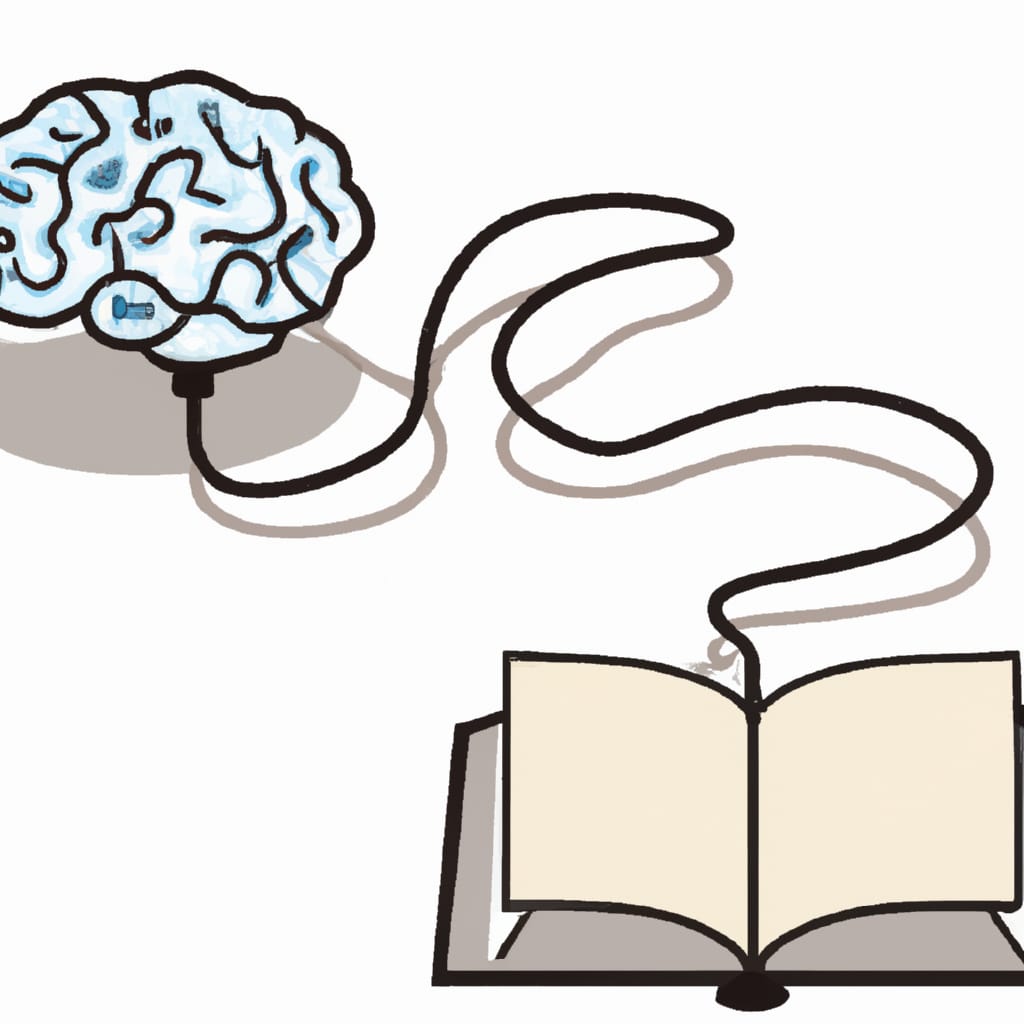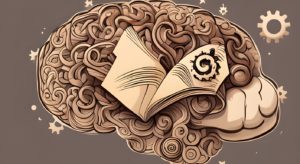Understanding Educational Neuroscience: The Brain’s Role in Learning

Table of Contents
Bridging Neuroscience and Education
Educational Neuroscience bridges the gap between how our brain works and education. Using insights from both fields, we gain understanding into how learning affects our brain and how our brain shapes the way we learn. This article explores how education and neuroscience connects. It details the field’s goals, methods, and challenges.
What is Educational Neuroscience?
Think of Educational Neuroscience as a meeting point. One where brain science and education shake hands. It tries to understand how our brain processes information while learning. While also exploring how types of educational experiences changes our brain. In essence the goal is twofold: understanding how we learn and how it affects our brain.
The Intersection of Classroom and Brain Science
So educational neuroscience is a mix up. Teachers bring an understanding of classroom dynamics. Neuroscientists understand how the brain ticks. Together, they combine their knowledge to see how the brain and learning interact and influence each other. This partnership brings together classroom wisdom with the complexity of brain science.
Goals of Educational Neuroscience
You might wonder, why merge two seemingly distinct disciplines? The core reason is to harness the knowledge from both fields and achieve these two main goals:
Translating Neural Mechanisms into Effective Educational Practices
Research has shown that knowing how the brain handles information is a great asset for teachers. This allows them to tailor their approaches to each individual’s unique learning style. In turn, this leads to more effective and engaging learning experiences for the student.
Exploring the Brain’s Evolution through Education
Education isn’t just about sharing knowledge. It shapes our cognitive processes. This creates a deep and interactive link. Insights from neuroscience influence educational methods. At the same time, education impacts the field of neuroscience.
Pillars of Educational Neuroscience
Digging further, the foundation of educational neuroscience is built upon a number of pillars. These include:
| Neural Mechanisms of Learning | This pillar delves into how the brain learns and processes new information. |
| Educational Practice & Policy Translation | Using findings from neural studies to create practical educational strategies. |
| Impact Analysis | Determining how different educational practices affect brain development and function. |
Modern Trends in Educational Neuroscience Research
As with any field, educational neuroscience is rapidly evolving. Some of the current trends include:
- Use of Advanced Imaging Techniques: Scientists use imaging techniques like brain scans and EEG. By doing so they can see in real time how our brain works when we learn.
- Cross-disciplinary Collaborations: Educational neuroscience is a partnership between teachers, neuroscientists, and psychologists. They work together to understand learning better. This partnership provides a broad understanding of education from different angles.
- Focus on Brain Development: Scientists look at how school and learning shape our brains. Doing so they hope to develop ways to improve the learning process.
- Expansion Beyond Reading and Math: It’s not all about reading and math anymore. Scientists are checking how learning impacts our brains in different ways. They’re also interested in how other parts of our skills get affected. Skills such as empathy, creativity, self-control, and problem-solving. Doing so, they hope to understand how learning influences us outside of the classroom as well.
Obstacles and Hurdles
Blending neuroscience into education offers a new way to improve teaching and learning. But, this comes with its fair share of challenges. We can divide these into theoretical and practical challenges.
Theoretical Challenges
Academic separation
Bringing neuroscience and education together is tough. Education has its roots in philosophy and theories. That while Neuroscience dives deep into the mechanistic world. It is all about numbers and graphs to understand what drives change. Bridging these two distinct models can create tension.
Different Research Aims
It’s a matter of focus. Neuroscience examines neural processes. These often operate on millisecond timescales. Meanwhile, education deals with the complexity of real-world teaching and student interactions. These two fields, being so different by nature, resist an easy merger.
Mismatch of Best Practices
Teaching hinges on adaptability, reading the room, and dealing with individual student needs. But, scientific research demands replicability and consistency. Bringing findings from a lab to the real world is always difficult, and classrooms are no exception. Given the diverse needs of teachers and students, this is a difficult hurdle to tackle. Researches have yet to find out how to apply neuroscience insights into educational methods.
Practical Challenges:
Research-to-Practice Gap
A big challenge is bringing the findings from neuroscience into education without any misconceptions. Because doing so often leads to neuromyths. Neuromyths are popular, but incorrect beliefs about how our mind works. These beliefs can mislead teachers about the brain and learning. For instance, a famous neuromyth is the idea that we only use 10% of our brain.
Lack of support or commitment
Many schools and teachers don’t see the value in new teaching methods. Lack of training opportunities or financial constraints further complicate this. For anything new to succeed, it needs champions. Teachers who dare to question traditional methods will be key in paving the way.
Limited Research Attention
Schools with a majority of minority, indigenous, or rural students often get overlooked. Many believe they stand to gain the most from new educational methods. Their challenges and perspectives are crucial. Leaving them out of research is harmful. This exclusion deprives students of opportunities. Plus, researchers risk losing vital insights.
Educational Neuroscience and Teacher Development
Teachers stand at the frontline of education. Thus, insights from educational neuroscience can:
- Enhance Professional Development: By understanding the brain, teachers are better equipped to cater diverse learning needs.
- Shape Perceptions: School personnel can align their strategies in tune with brain-friendly methods. This creates a more effective learning environment.

Progress and Prospects
While still in its early stages, educational neuroscience has shown immense promise:
- Informing Policy: Governments and educational boards can create curricula that align with how the brain learns.
- Customized Learning: We can adjust future classrooms to individual brain profiles. This will maximize learning efficacy.
The Merger of Mind and Education
So educational neuroscience is about understanding the interaction between the brain and education. Its value is immense, as it brings a better understanding of learning. Bridging two vast fields, it combines insights from both to reveal new perspectives. This union allows it to reshape how we understand education. As with any transformation, it has its own set of challenges. Nonetheless, the future looks very promising.
Sources:
- Pew Trusts: Putting Neuroscience in the Classroom: How the Brain Changes As We Learn
- Frontiers: Impact of Educational Neuroscience Teacher Professional Development: Perceptions of School Personnel
- DergiPark: The Current Trend in Educational Neuroscience Research: A Descriptive and Bibliometric Study
- ScienceDirect: Application and theory gaps during the rise of Artificial Intelligence in Education
- Frontiers: Why Educational Neuroscience Needs Educational and School Psychology to Effectively Translate Neuroscience to Educational Practice
- MDPI: Educational Neuroscience – A section of Brain Sciences












